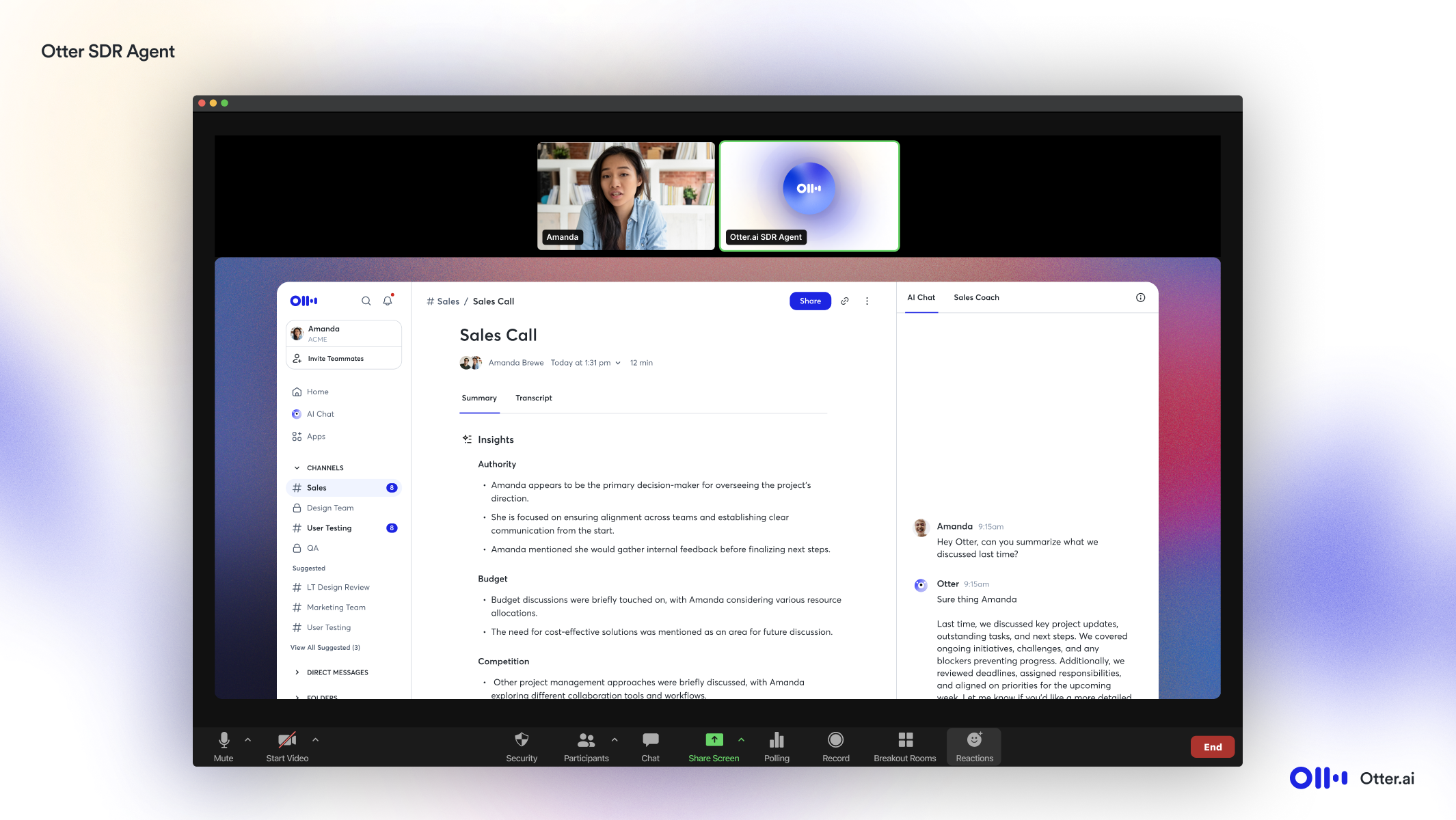As workplaces have evolved in recent years, one of the most welcome changes is the shift towards building more inclusive cultures that ensure diverse voices are recognized and heard. It isn’t just workers that appreciate these efforts, however. In Deloitte’s 2020 Global Human Capital Trends survey, 93 percent of participants agreed that a sense of belonging also contributes to overall organizational performance.
While there are several different factors that go into creating inclusive work cultures organization-wide, one area that’s often overlooked is the way meetings are planned and run. The following are seven suggestions you can implement to make your meetings more inclusive to participants from all walks of life.
1. Give Participants a Chance to Prepare
Recently, the world has come to better understand how mental conditions like social anxiety and even regular, non-pathological shyness can affect workplace performance and participation.
While some people are completely comfortable speaking off the cuff, many need time to think through what they want to say. Without giving them that advance time to prepare, they may spend the whole meeting worrying about speaking up, instead of paying attention to the information being shared.
By sending all meeting participants a copy of the meeting agenda 24-48 hours in advance, you give team members that struggle with being put on the spot a chance to get more comfortable with the material in advance. This may make them more likely to contribute once the session is underway.
2. Make Sure Remote Workers Have a Chance to Participate
Hosting a meeting that’s split between in-person attendees and remote workers can be challenging.
In many cases, remote workers are beamed in and presented on a single screen at the front of a conference room. But this situation can make it hard to create equality between the two camps. Your remote workers may be ignored by those present, or they may have trouble interjecting into the conversations being carried out by in-person team members.
To rectify this, make sure meeting leaders do their best to ensure that one side doesn’t take over the conversation to the exclusion of the other. For instance, they can take the time to specifically address remote workers at key points in the meeting. Alternatively, they can consider making meetings fully remote for all employees — even team members who are at the office — to place all attendees on an equal footing.
3. Use Closed Captioning
People with temporary and permanent hearing impairments can have trouble participating in meetings that don’t make appropriate accommodations.
To rectify this, use automated transcription tools like Otter, which create near real-time closed captions that people with hearing impairments can use to follow along with the meeting. Even better, Otter integrates with Zoom and other popular web conferencing tools. All you need to do is connect your Otter account with your conference platform — after that, Otter’s AI and natural language processing technology will automatically transcribe everything that’s said during your meeting.

4. Moderate the Conversation
Some people are naturally louder and more forceful than others. Unfortunately, this can create a problematic dynamic where a few individuals commandeer the discussion and no one else gets a word in.
This situation can be mitigated through diligent moderation efforts. Assigning a moderator who can open up the floor to everyone and direct how the “speaker power” moves from one person to another is a great way to make sure everyone gets a say and the chance to be heard.
5. Give Acknowledgements
No one likes feeling like they’re talking to a wall. Unfortunately, some people will gather the courage to speak up in a meeting, only to feel as if — after they’ve made their point — everyone completely ignored it. This can discourage them from speaking up in the future, resulting in a less inclusive atmosphere.
To prevent this, make an effort to ensure that everyone who speaks up is acknowledged. This can be as simple as saying, “thanks for sharing that.” If you have a designated moderator for the meeting, ensure the person knows to watch out for points or perspectives going unaddressed.

6. Ensure Accurate Representation in Your Meeting
When deciding who to invite to your session, it can be easy to unintentionally exclude those who don’t share a certain viewpoint or who aren’t as vocal in meetings. However, when you do that, you limit the ideas that are shared, as well as the opportunity for other team members to have a bigger say in their work.
Before scheduling a meeting, make sure you’re including people who have diverse perspectives to offer and who accurately represent those who will be affected by the work being discussed.
7. Get Feedback After the Meeting
As with just about everything in life, you’re bound to make mistakes. Rather than beating yourself up over not being perfect, practice identifying your mistakes and taking concrete steps to avoid repeating them.
After your meetings — especially any you don’t feel went well, try to solicit feedback from your participants. You can do this in any number of ways, from sending out an email to talking with everyone individually to sending out an anonymous survey.
However you capture feedback, ensure you act on it in the future. If team members raise concerns that their voices aren’t being heard, and then nothing changes, they’ll be less likely to offer feedback or participate fully in the future.
Creating an Inclusive Culture
Fostering an inclusive workforce culture is an important part of ensuring that everyone on your team feels comfortable, confident, and capable at work. By employing these techniques and iterating your process as you go, you’ll create the kind of welcoming workplace team members are proud to be a part of.





















